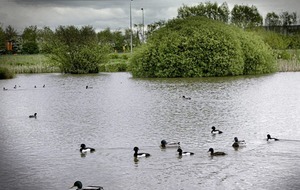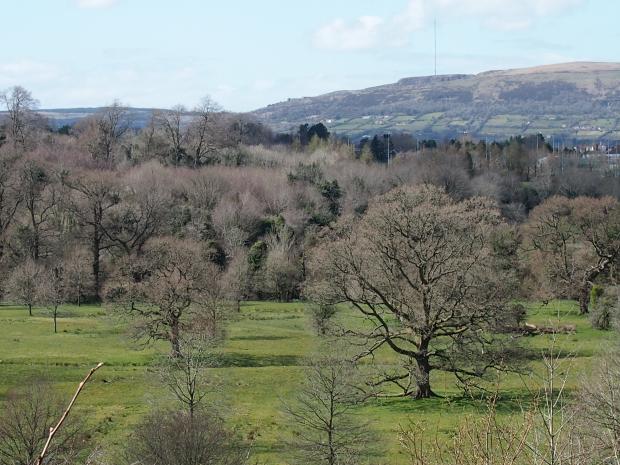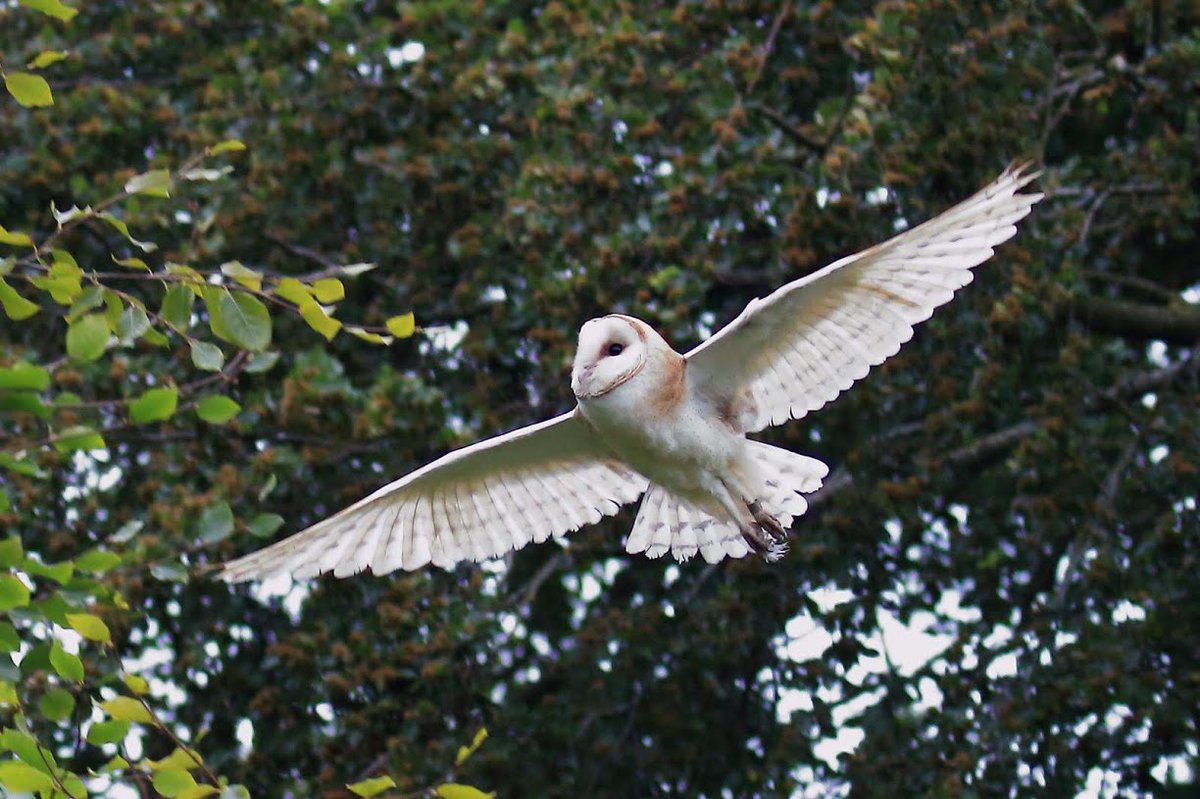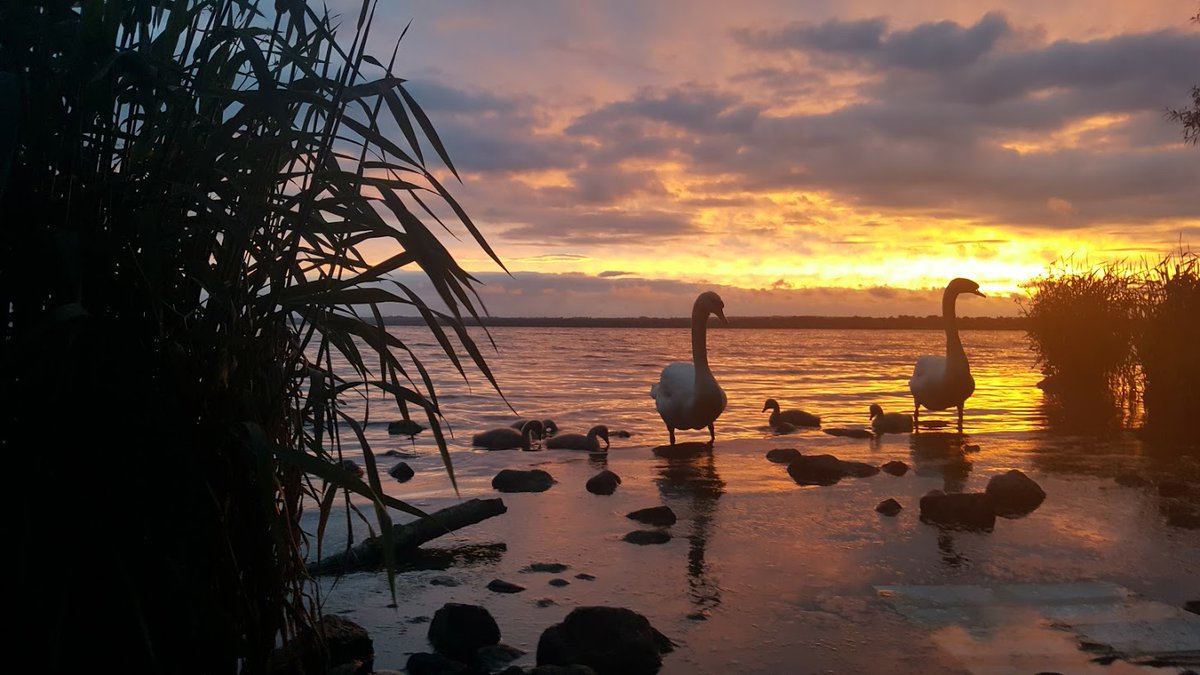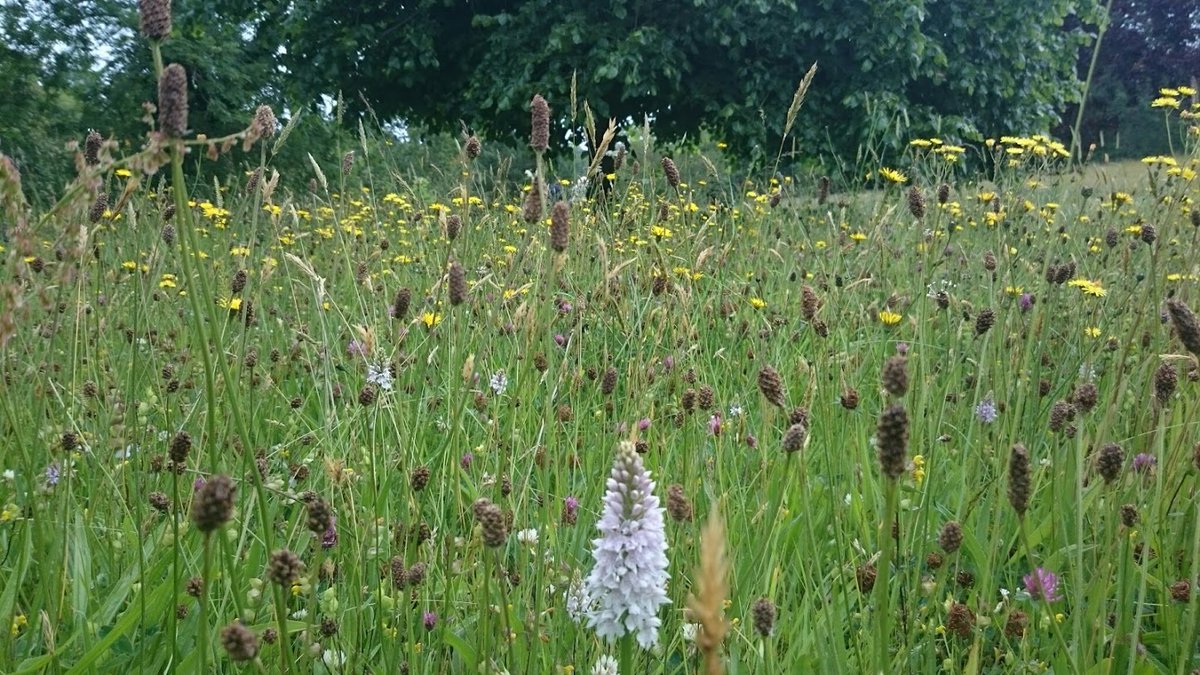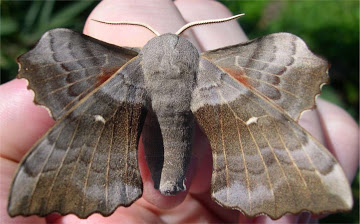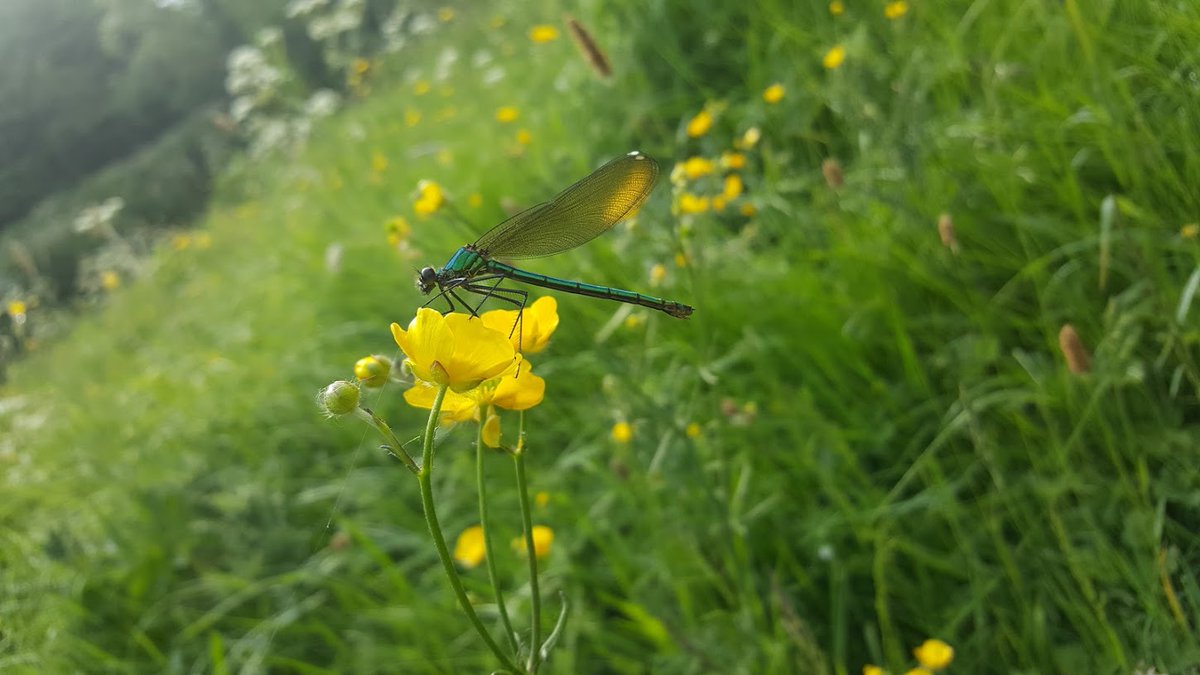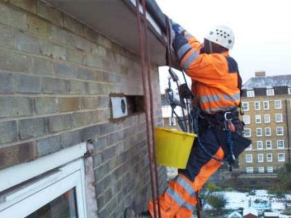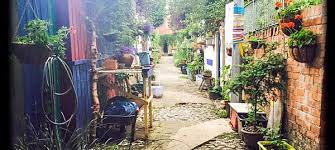To Councillors, MLAs, MPs decision makers and voters (please share to local reps!)
With so much opportunity to include #biodiversity in towns and cities and across council work let's explore some practical steps






Thread (w/ pics of actual local urban wildlife!)
With so much opportunity to include #biodiversity in towns and cities and across council work let's explore some practical steps







Thread (w/ pics of actual local urban wildlife!)
I've broken up these suggestions into four categories:
1) Discover, protect and enhancing what is already there
2) Diversifying, dynamising and creating more, higher quality green spaces
3) Greening grey infrastructure
4) Facilitating community action
1) Discover, protect and enhancing what is already there
2) Diversifying, dynamising and creating more, higher quality green spaces
3) Greening grey infrastructure
4) Facilitating community action
So first up!
1) Discover, protect and enhancing what is already there.
Within this are three important steps:
1) Discover, protect and enhancing what is already there.
Within this are three important steps:
*Record what is there!*
Law protects much of our wildlife, e.g. many birds, mammals, lizards, amphibians are protected against reckless or intentional disturbance, injury or death.
But where are they?
Are councils safeguarding their staff from breaking the law?
Law protects much of our wildlife, e.g. many birds, mammals, lizards, amphibians are protected against reckless or intentional disturbance, injury or death.
But where are they?
Are councils safeguarding their staff from breaking the law?
*Consider species and habitat through all site management plans*
Management of council green space should be done in accordance with management plans.
These plans need to consider existing biodiversity data (proactively gathered), with concrete SMART biodiversity objectives.
Management of council green space should be done in accordance with management plans.
These plans need to consider existing biodiversity data (proactively gathered), with concrete SMART biodiversity objectives.
*Enhance biodiversity from site baseline*
With established baseline how do we benefit the habitats and species already in existence?
Species rich grassland present? Don't plant trees.
Bats present? Then improve ecological connectivity of wood and trees,
With established baseline how do we benefit the habitats and species already in existence?
Species rich grassland present? Don't plant trees.
Bats present? Then improve ecological connectivity of wood and trees,
Second!
2) Diversifying, dynamising and creating more, higher quality green spaces
This time with 4 key components!
2) Diversifying, dynamising and creating more, higher quality green spaces
This time with 4 key components!
*Plant native*
Ecosystems depend on inverts, and inverts depend on native plants.
The humble nettle supports the larval stage of 120 species of moths, whilst non native Himalayan balsalm; an abundant species across most parks only supports 3 species.
Ecosystems depend on inverts, and inverts depend on native plants.
The humble nettle supports the larval stage of 120 species of moths, whilst non native Himalayan balsalm; an abundant species across most parks only supports 3 species.
*Control invasive non native species (INNS)*
INNS flora outcompetes native vegetation, which much of our wildlife depends on for food and shelter.
INNS fauna can damage our native flora and outcompete native fauna.
INNS need controlled to protect local ecosystems.
INNS flora outcompetes native vegetation, which much of our wildlife depends on for food and shelter.
INNS fauna can damage our native flora and outcompete native fauna.
INNS need controlled to protect local ecosystems.
*Improve biodiversity value of parks*
Local parks resemble lawns (yawn).
*Stop thinking tidy.*
Allow scrub, let dead wood lie, create ponds and wildflower meadows.
Green spaces bigger, better, more joined up.
Improve heterogeneity!
Local parks resemble lawns (yawn).
*Stop thinking tidy.*
Allow scrub, let dead wood lie, create ponds and wildflower meadows.
Green spaces bigger, better, more joined up.
Improve heterogeneity!
*Control light pollution*
Light pollution impacts almost every aspect of insect life, from hunting to reproducing.
It is also dangerous to birds (affecting behaviour) and bats, poorly considered lighting can sever pops. from foraging/commuting areas https://www.bats.org.uk/about-bats/threats-to-bats/lighting
Light pollution impacts almost every aspect of insect life, from hunting to reproducing.
It is also dangerous to birds (affecting behaviour) and bats, poorly considered lighting can sever pops. from foraging/commuting areas https://www.bats.org.uk/about-bats/threats-to-bats/lighting
Thirdly (almost there!)
3) "Greening the grey" with three core components:
3) "Greening the grey" with three core components:
*Softening grey infrastructure*
Green roofs can be installed (for old and new development) for low cost that attracts rare species.
SuDS alsos benefits biodiversity, (supporting efforts to reduce flooding and thermoregulate to boot). https://www.researchgate.net/publication/284034653_Rare_invertebrates_colonizing_green_roofs_in_London
Green roofs can be installed (for old and new development) for low cost that attracts rare species.
SuDS alsos benefits biodiversity, (supporting efforts to reduce flooding and thermoregulate to boot). https://www.researchgate.net/publication/284034653_Rare_invertebrates_colonizing_green_roofs_in_London
*Provide permanent roost and nest sites for threatened species*
@CamdenCouncil used funds to improve energy efficiency to install swift bricks in buildings.
A fine example can also be seen from @CrescentArts too!
Other alternatives include bat boxes, insect hotels bird bricks
@CamdenCouncil used funds to improve energy efficiency to install swift bricks in buildings.
A fine example can also be seen from @CrescentArts too!
Other alternatives include bat boxes, insect hotels bird bricks
*Imaginative use*
Some brownfield sites are great for wildlife, others aren't (see audit!)
Many brownfields are only car parks with little societal benefit.
Create pocket parks and allow "meanwhile" sites. Imaginative use is often concurrent to biodiversity improvement.
Some brownfield sites are great for wildlife, others aren't (see audit!)
Many brownfields are only car parks with little societal benefit.
Create pocket parks and allow "meanwhile" sites. Imaginative use is often concurrent to biodiversity improvement.
And for the 4th and last!
"Facilitating community action" with three main points:
"Facilitating community action" with three main points:
*Engage homes*
~25% of the Greater London is garden, apply this to Belfast, Derry, Dublin or Cork!
Urban biodiversity depends on private gardens.
Support households with schemes to advise and support work to improve the biodiversity of gardens
(credit @WildlifeTrusts)


~25% of the Greater London is garden, apply this to Belfast, Derry, Dublin or Cork!
Urban biodiversity depends on private gardens.
Support households with schemes to advise and support work to improve the biodiversity of gardens
(credit @WildlifeTrusts)


*Community Allotments*
Community allotments are widely sought after and offer a superb opportunity to not only green new areas but also improve existing biodiversity on already existing sites.
Improve access to allotment and encourage biodiversity measures in allotments.
Community allotments are widely sought after and offer a superb opportunity to not only green new areas but also improve existing biodiversity on already existing sites.
Improve access to allotment and encourage biodiversity measures in allotments.
*Wildflower alleys*
Creation of communal linear green spaces as seen in Belfast Wildflower Alley should be facilitated and developed to help provide and enhance ecological connectivity.
Creation of communal linear green spaces as seen in Belfast Wildflower Alley should be facilitated and developed to help provide and enhance ecological connectivity.
More than ever we appreciate the value of green space and practices to fight #climatechange are ramping up.
But we are also in the midst of the 6th largest mass extinction, caused solely by us.
Let's take the opportunity to help our #wildlife too.
But we are also in the midst of the 6th largest mass extinction, caused solely by us.
Let's take the opportunity to help our #wildlife too.

 Read on Twitter
Read on Twitter